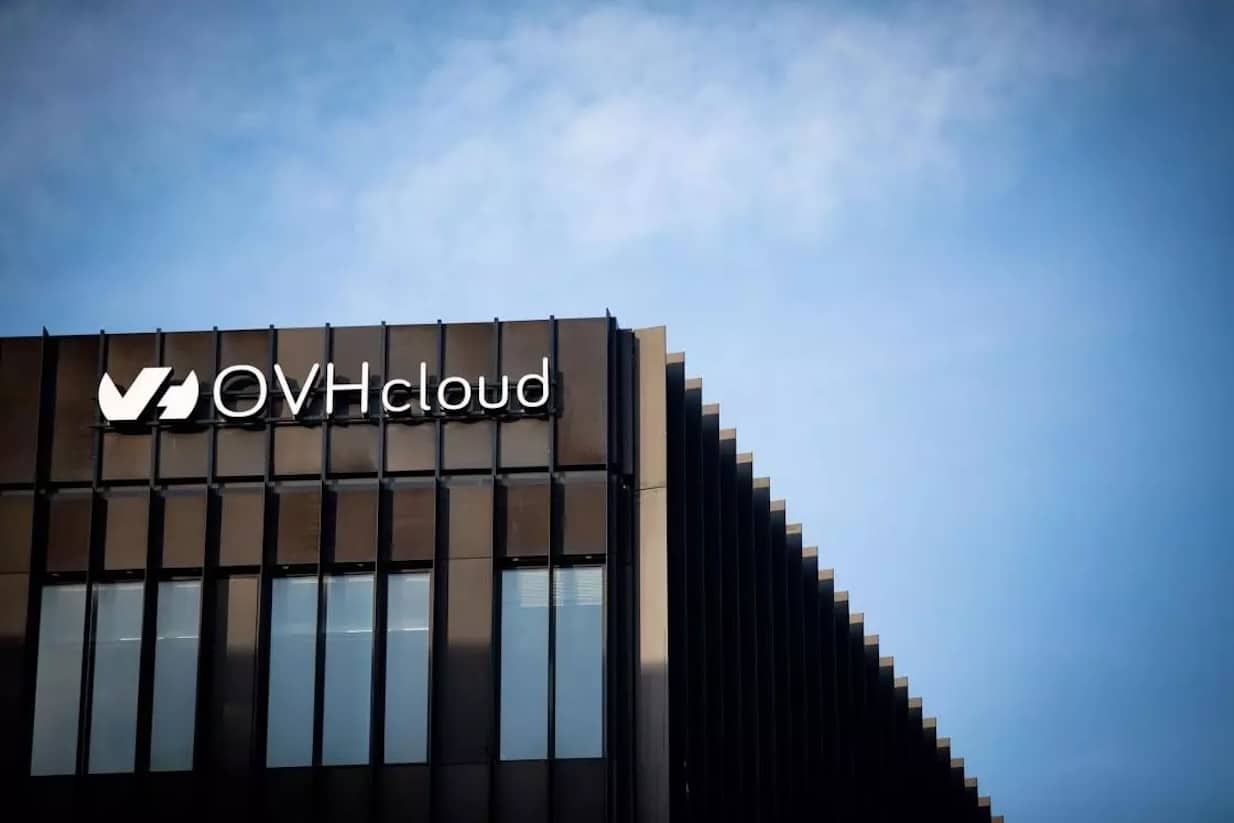OVHcloud has taken another step in its European expansion with the opening of its first data center in Italy, located in the Milan region. The company, which already operates 44 data centers worldwide (26 of them in Europe), is positioning this milestone within a broader strategy to bring public cloud closer to organizations with high demands for resilience, compliance, and low latency, especially in regulated sectors such as finance, healthcare, and public administration.
“The 44th data center and the first in Italy are part of an ambitious plan for European and international expansion,” emphasized Benjamin Revcolevschi, CEO of OVHcloud, announcing the launch of the new facility.
First step toward a 3-AZ region in Lombardy
The opening of the Italian data center is the prelude to a broader project: the first 3-AZ region for OVHcloud outside France, planned for Lombardy by the end of 2025. The 3-AZ (three availability zones) model combines three separate data centers spaced just a few kilometers apart, each with independent power supply and network connectivity. This highly redundant architecture enables designed applications with zone-level fault tolerance, enhances availability targets, improves business continuity, and ensures low RTO/RPO without leaving the regional perimeter.
For organizations facing stringent audits, data residency requirements, or sovereignty concerns, deploying workloads within a local 3-AZ region reduces dependence on remote regions and facilitates compliance with European and national regulatory frameworks.
Resilience, availability, and latency: the three design vectors
OVHcloud notes that its deployment models offer different levels of resilience, availability, performance, and latency, tailored to the use case:
- Single AZ for less critical workloads or proof-of-concept environments.
- Multi-AZ within the same region when high availability with low latency between zones is required.
- Multi-Region for disaster recovery strategies and large-scale business continuity scenarios.
The Milan data center fits into this roadmap as a touchstone for latency-sensitive workloads—such as low-latency financial traffic, mission-critical healthcare services, or public portals with peak demand periods.
International acceleration: new facilities and Local Zones
The expansion into Italy completes a series of recent deployments, with dedicated facilities in Mumbai, Toronto, and Sydney. Simultaneously, during 2024, the group began deploying Local Zones in multiple cities worldwide with a clear goal: to bring public cloud as close as possible to each organization.
Today, with 28 Local Zones operational, OVHcloud underscores that these proximity locations provide agility and flexibility, reduce latency compared to distant regions, and meet the data residency challenges faced by certain sectors or local administrations. The plan is to surpass 50 Local Zones in the short term, and open four new 3-AZ regions in Europe, North America, and Asia-Pacific.
Starting next year, the company expects to inaugurate Local Zones in cities like Bogotá, Tallinn, and Johannesburg, expanding its footprint across Latin America, Eastern Europe, and Southern Africa.
Steady investment and focus on sovereignty
Since going public in 2021, OVHcloud claims to have invested 1 billion euros in products and infrastructure, including accumulated Capex for growth, resulting in ten new data centers since then. The group champions an integrated industrial model—designing servers, manufacturing, operating data centers, and owning a fiber network—that allows it to control costs and efficiency and offer predictable pricing. This is a sensitive point for governments and large enterprises undergoing multiyear upgrade processes.
Data sovereignty remains a key strategic axis: deploying infrastructure within European territory facilitates compliance with local regulations and reduces legal frictions associated with non-European jurisdictions. The upcoming Milan 3-AZ region aims precisely to combine this regulatory proximity with the service levels demanded by high-volume workloads.
Target sectors: finance, healthcare, and Public Administration
OVHcloud identifies banking and insurance, healthcare, and Public Administration as natural users of the upcoming Milan 3-AZ region. In these segments, inter-zone resilience, low intra-region latency, and data residency are crucial to enable:
- Financial processing with strict requirements for availability and consistency.
- Electronic health records and health services demanding 24/7 continuity.
- Portals and e-Government services with demand peaks and audit requirements typical of the public sector.
Next steps and roadmap
With the first data center in Italy operational, efforts are focused on completing the 3-AZ trilogy in Lombardy by the end of 2025, while advancing the Local Zones map and opening new regions in other continents. The company’s declared ambition is to become a leading global player in the cloud sector, with a large-scale deployment plan combining security, sovereignty, and sustainability.
Quick key points
- Italy becomes the new network point for OVHcloud with its first Milan data center.
- The company prepares the first 3-AZ region outside France, planned for Lombardy by the end of 2025.
- 28 Local Zones operational with a plan of >50 worldwide; new 3-AZ regions will arrive in Europe, North America, and APAC.
- €1 billion invested in Capex for growth since 2021; 10 additional data centers opened since the IPO.
Frequently Asked Questions
What is a 3-AZ region and why does it matter?
It is a region with three availability zones (nearby but independent data centers in power and network), enabling high availability, fault tolerance, and low latency between zones for critical applications.
What benefits does this architecture bring to regulated sectors?
Resilience against localized incidents, data residency within the region, and controls that facilitate audits and compliance without sacrificing performance.
How do Local Zones differ from a full region?
Local Zones bring public cloud resources closer to specific cities to reduce latency and meet proximity requirements, whereas a 3-AZ region provides a full suite of services with inter-zone redundancy.
What does OVHcloud’s announced investment involve?
An accelerated deployment of new regions and Local Zones, along with upgrades and expansions of the existing base, to meet global demand and data residency challenges.
Source: OVHcloud.

